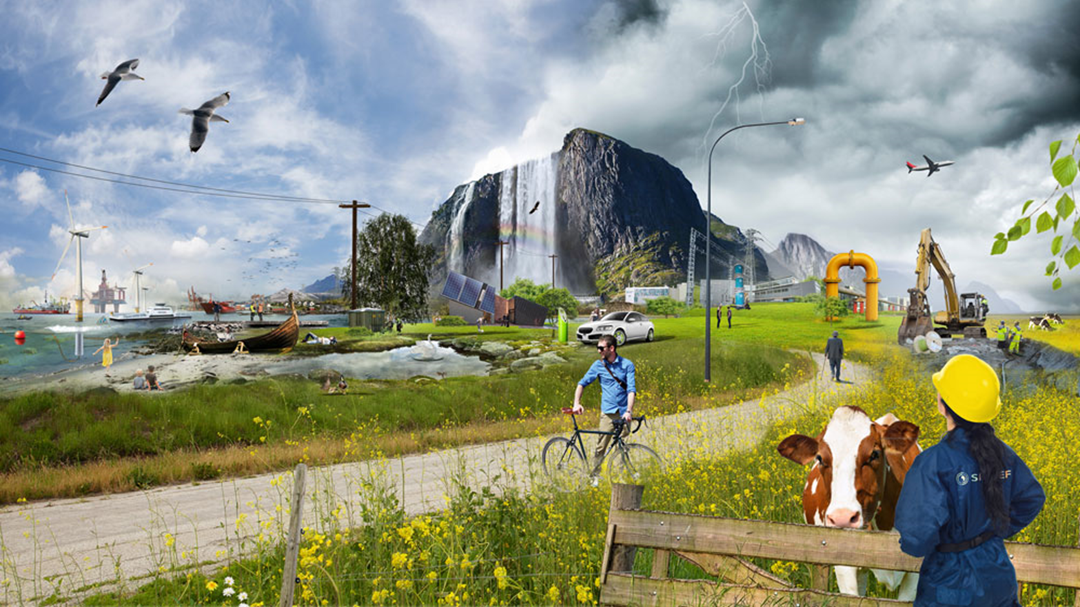The mapping includes assessing existing plans for grid infrastructure development, as well as the possible use of alternative energy sources and carriers. The project will include a socio-economic assessment of whether the current regulations and financing arrangements for grid access are tailored to the industry's requirements and needs.
The Norwegian seafood industry contributes to export-oriented value creation equivalent to over 150 billion NOK (2022), employing over 50,000 people, and plays a significant role in sustaining vibrant communities along the entire Norwegian coastline. At the same time, the industry is a significant energy consumer due to e.g. onshore industrial facilities, coastal aquaculture installations, service vessels and offshore fishing vessels. A large part of the energy demand in this industry today is met by emission-intensive fossil fuels, often due to the lack of viable green alternatives. The industry welcomes green transformation and electrification, but there are significant challenges today regarding the fact that many existing and planned electrification projects are located in areas with limited capacity in the local distribution grid. According to the Energy Act's § 3-3 and § 3-4, the local utility company in an area is obliged to connect new consumption and new production, but the current regulatory and financing system for grid development by NVE requires that consumers themselves pay for necessary grid expansions. This can be especially challenging along the coast where there are fewer actors who can share the costs for increased grid capacity. As a result, several electrification projects that initially offer positive climate effects are not economically viable to implement.
Several studies have previously been conducted on energy use for both the fishing fleet and the aquaculture industry, assessments of the industry's carbon footprint, as well as numerous pilot projects for green energy access for fleets and facilities. However, there have been few connections made regarding where along the coast the energy demand exists today and in the future, and what (missing) grid infrastructure will be necessary to meet this demand and contribute to green transformation through electrification or the use of green alternative energy carriers.
The project will, through investigations, interviews, literature reviews, and analyses, document the seafood industry's need for and future access to renewable energy up to 2040, barriers to grid access, and alternative energy sources and carriers.

